Lower back, hip, Ow.
Pain caused by the hip flexors is not fun at all. If you suddenly experience this kind of pain, you might want to know why it happens.
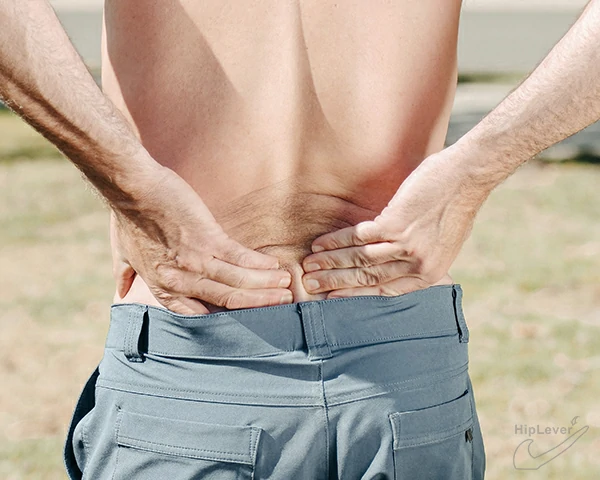
You might have realized that lower back to hip pain is due to a hip flexor strain.
But what are hip flexors? And how can you relieve hip flexor strain?
What is the function of the hip flexors?
The hip flexors are a group of muscles responsible for lifting the legs, connecting the lower back, pelvis, and thighs. This muscle group includes the psoas major, iliacus, rectus femoris, and biceps femoris.
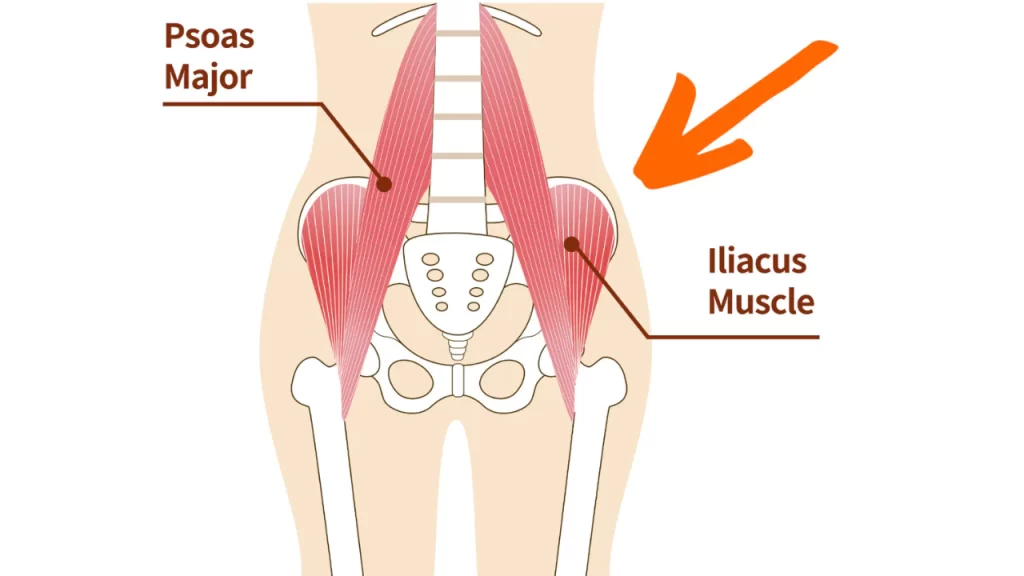
Hip flexors play a key role in many daily movements and sports, and are essential for body activity and balance:
- Hip Flexion: Hip flexors allow the femur to flex towards the pelvis, for example when we lift our legs or walk, hip flexors play a crucial role.
- Support Core Stability: Hip flexors are an important part of the core muscle group, which helps maintain stability and balance of the body.
- Participate in Leg Lifts and Sit-ups: When we do leg lifts or sit-ups, hip flexors participate and play a key role in these movements.
- Walking and Running: Hip flexors play an important role in walking and running, helping propel and support the body.

A hip flexor strain occurs when one part of the hip flexors tears or the iliopsoas tendon that connects these muscles to the femur is injured. It is usually caused by overuse, repeated activation or excessive tension in the muscles and tendons.
What does tight hip flexors mean?
Tight hip flexors mean they are shorter, pulling the lumbar spine and pelvis, letting them be in a state of mutual compression.
Many people do not realize that tight hip flexors are the cause of lower back pain so that they keep using back massagers and fascia guns to relax the back, but they have been trapped in lower back pain.
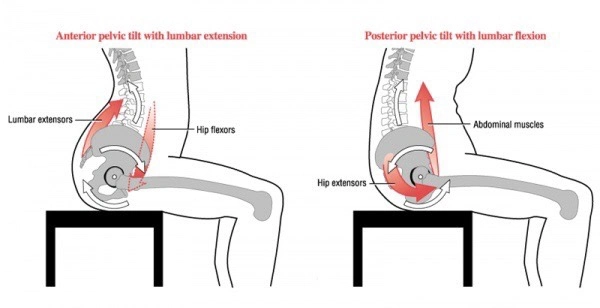
Loosening Tight Hip Flexors
Minor strains may only need a short rest.
To loosen the hip flexors, you can try stretching to increase flexibility in this area. Stretching the associated back and buttock muscles pulls on both ends of the hip flexors, restoring their length.
The iliacus and psoas are located deep in the pelvis and close to the spine.
Therapists use a more direct approach: using their hands to pinch the muscles on one side of the abdomen to press the hip flexors. Through this targeted deep compression, the tight hip flexors can be loosened in as quickly as 30 seconds.

In the past, it was impossible to touch these muscles by pressing on the pelvis or abdomen by oneself. But now, you can use the Hip Lever to achieve this idea.
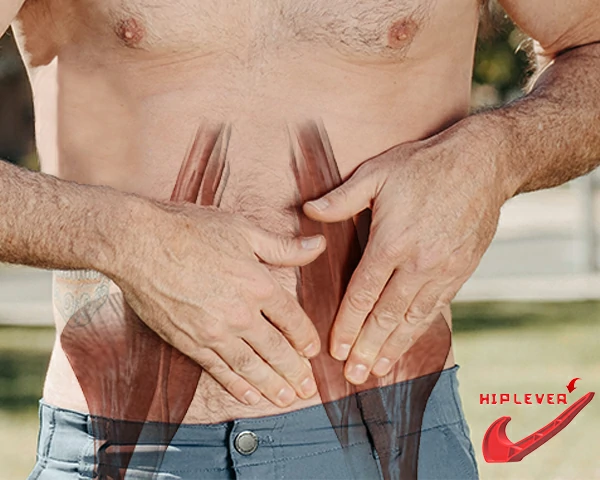
It replaces the third hand, deeply compressing your hip flexors, allowing you to get relief at home.

In the video below, he demonstrates how to use the Hip Lever to loosen the hip flexors.
It is hard and uncomfortable during use. The recovery process is not easy, but after use, you will gain a refreshing experience.
Exercise the hip flexors and prevent tightness
Once your hip flexors are healed, you need to correct some bad habits.
Try to reduce sitting time, reduce scrolling Instagram and TikTok. Get up and move your body after sitting for some time.
In daily life, exercise the hip flexors and strengthen the core muscles.
When you try new things, don’t go all out at once, but take it step by step, letting your body adapt to the exercise. And as always, listen to your body—it will tell you what you need to do.
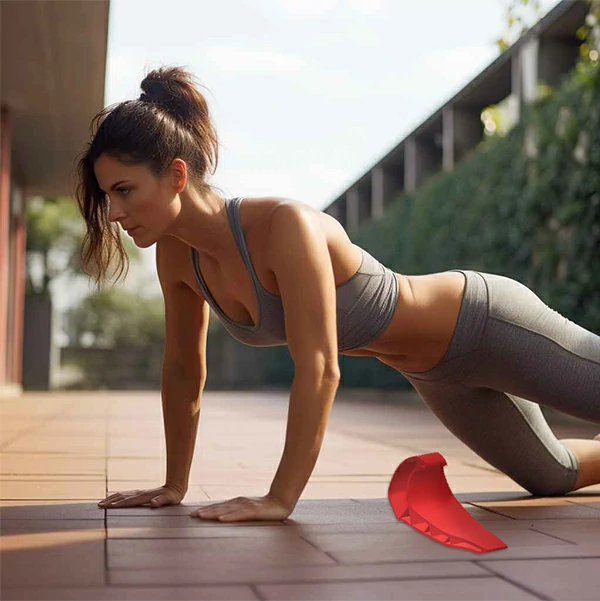
Understanding hip flexor strain is key to controlling and preventing hip flexor strain. Maintaining hip flexor flexibility through stretching and gradually strengthening muscles can reduce the risk of strains and potential injuries. Remember to listen to your body’s signals, warm up properly, and consult healthcare professionals for persistent or severe lower back pain. Take an active approach to caring for your hip flexors, and you will be on the path to improving hip health.